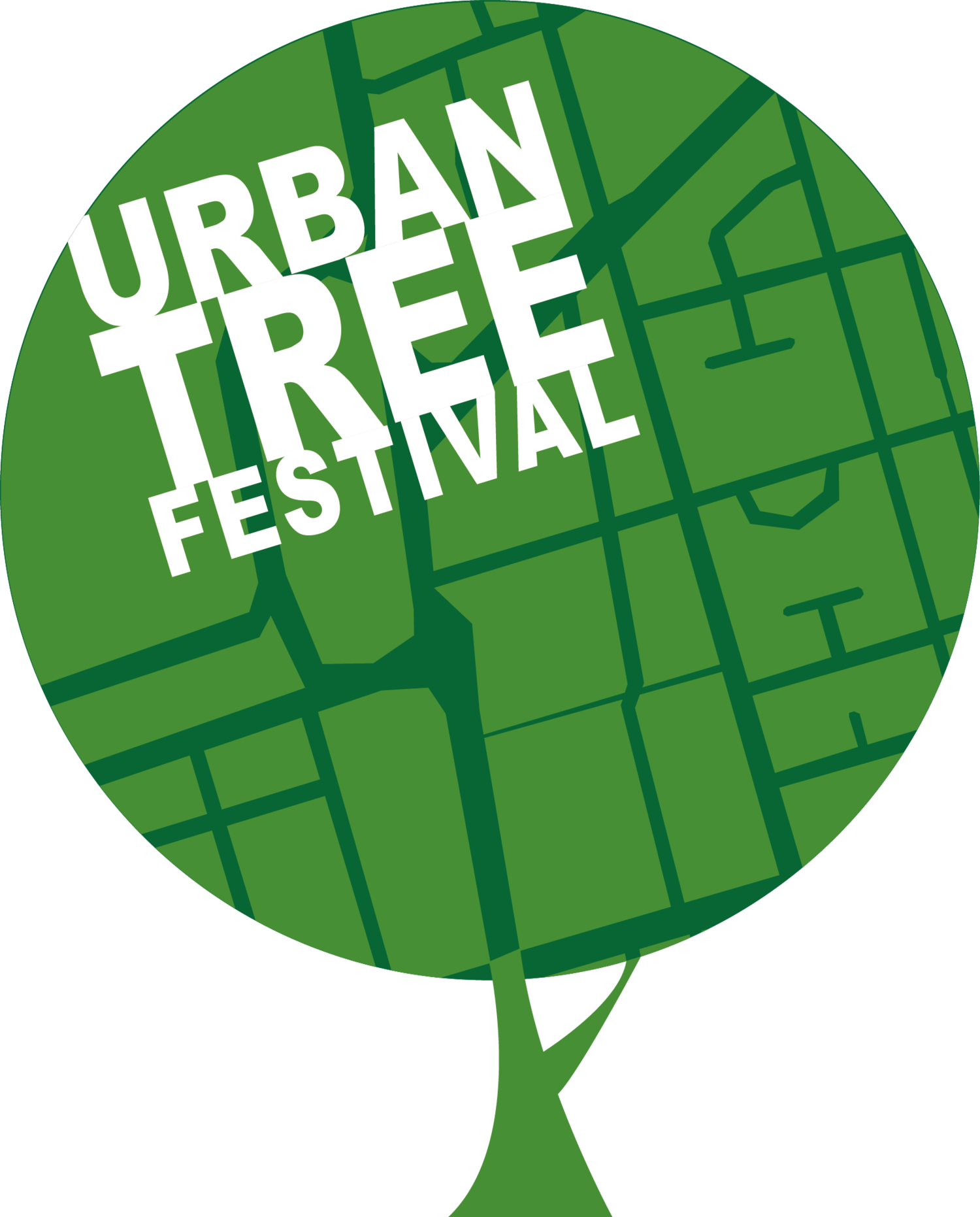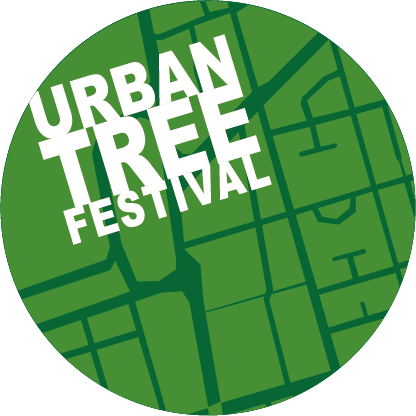Let the trees be your (urban) guides
A blog post from Robin Walter
The web of life is often worn thin in our towns and cities – fewer plants and animals are spread over hard surfaces resistant to the creep of nature; the normal cycling of water, air and nutrients is interrupted by hot tarmac, unyielding concrete and a cocktail of pollution. Yet four out of five of us live in towns and cities – no wonder as a culture we feel cut off from the natural world!
Trees and natural open spaces provide essential strands of the web of life in our built-up areas, act as nodes and connectors for the local ecology to sustain us. We can live within these artificial bubbles of development so long as the underlying natural world continues to support us.
It is easy to ignore this perennial pervasive network of nature in our midst when we are caught up in getting to work, shopping, keeping fit and meeting friends. With covid, these daily routines have been severely disrupted and curtailed, allowing many of us to take more notice of this subtle life surrounding us, and to seek it out where we can.
One way to do this is to let trees be your guides and follow a tree walk. Here in the small hilltop town of Shaftesbury (Dorset) where I live, the local tree group has devised two tree walks round town. Both start and finish at the town hall, at the top of our famous Gold Hill (aka the Hovis Hill). The first walk then strides along Park Walk, a promenade featuring shady sycamore trees, with magnificent views south over the Blackmore Vale; then on to Pine Walk, a much wilder path of Victorian origin. Other loops include a visit to the Shaston Yew, a venerable sprawling specimen of national significance, and a stroll through the Trinity Churchyard with its formal avenues of pollarded limes.
The second longer walk heads down Gold Hill and circles round the lower parts of town. The illustrated maps, courtesy of Gary Cook (see illustration), show feature trees and significant landmarks along the way and also relate some of the rich historical heritage of the town.
Shaftesbury Tree Walks
Along with others, I have led several tree walks round these paths and they are surprisingly popular, attracting dozens of people. Although the paths are well-trodden, people are keen to know more about the trees patiently standing along their routes. We often hear comments like “I had never noticed that tree before” or “I had always wondered what that tree was”. These tree walks are a gentle way of deepening our connection with our surrounding nature.
Beyond this, a greater understanding of trees can gather support for planting more trees round town. The tree group is working on a five-year plan to plant trees on land owned by the council, by the schools, by businesses and by householders, with the active participation of local people.
We hope to gradually knit the threadbare web of life back together, in loose collaboration with other ‘Planet Shaftesbury’ projects to promote bees, snowdrops, homegrown food, wildflower verges, hedgehogs and pond restoration.
You could set up a tree walk in your neighbourhood too – there may be parks, or street trees, or trees in private gardens to provide the points of interest. Wherever they grow, trees are usually so big they form part of the public sphere, available for all to enjoy. You may be fortunate to have a local artist to illustrate the walk, or you could use the new TiCL phone app to set up a tree trail.
Whatever format you use, there will surely be a silent cohort of tree-lovers out there eager to explore their local networks of nature.
Robin Walter is a forester and writer based in Dorset. His work seeks to restore the web of life, and our place in it, as described in his recent book ‘Living With Trees’ published by Little Toller.


